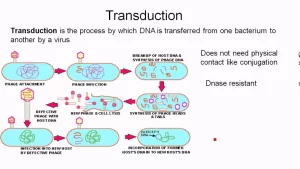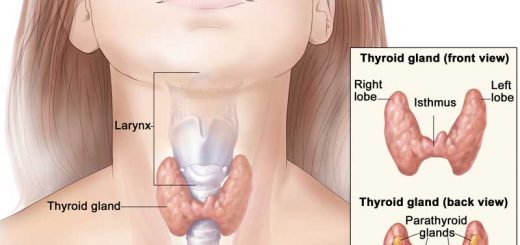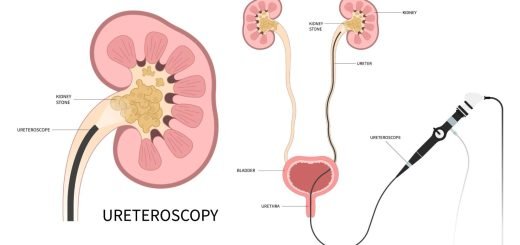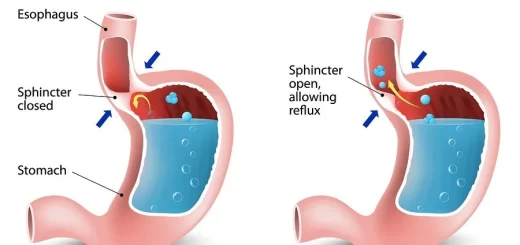Genetic Engineering, Gene cloning, Bacterial genetics conjugation transformation and transduction
Genetics is the science of heredity. The unit of heredity is the gene, which is a segment of DNA that carries in its nucleotide sequence information for a specific biochemical or physiologic property. Most bacterial genes are carried on the bacterial chromosome, these genes are essential for bacterial growth.
Bacterial genetics
Many bacteria contain additional genes on plasmids, these genes are associated with specialized functions, Bacteria contain 2 types of nucleic acid: DNA and RNA. DNA in bacteria is present in, chromosomes, plasmids, and transposable elements. RNA in bacteria is present in; transfer RNA (tRNA), messenger RNA (mRNA), and ribosomal RNA (r RNA).
Chromosome
In bacteria, it consists of a single supercoiled, circular double-stranded helix of DNA.
Plasmids
These are extrachromosomal small circular double-stranded helical DNA molecules, that do not code for essential functions for the survival of the bacteria. Plasmids may exist as a separate replicon (capable of replicating themselves independent of the bacterial chromosome) or integrated into the chromosome where they are called episomes. Plasmids can code for one or more of the following:
- Antibiotic resistance (R factor).
- Toxin production.
- Sex pilus (F factor) in Gram-negative bacteria only.
Some plasmids in Gram-negative bacteria carry genes for self-transfer and are so-called transmissible or conjugative plasmids. They code for the production of sex pilus needed for direct contact between donor and recipient cells followed by the transfer of a copy of the plasmid to the recipient cell. These plasmids are therefore called fertility (F plasmids) of sex plasmids.
Transposable elements
These are genetic units that are capable of mediating their transfer from one location to another on the same bacterial genome or between the genome and plasmid of the same cell, This transposition relies on their ability to synthesize their site-specific recombination enzymes called transposases.
Transposons are examples of transposable elements that code for antibiotic resistance. Transposable elements cannot exist as separate replicons i.e. they are not capable of replicating themselves independent of bacterial chromosomes. Variation is an observable change within a species. It could be:
- Phenotypic variation; in which genes are not altered but their expression is changed in response to environmental conditions (eg sporulation). It is not heritable.
- Genotypic variation, it results from genetic alteration that’s why it is heritable and it could be due to,
- Change in gene sequence (mutation)
- Transfer of genetic elements within individual cells (transposition) or between cells (transformation, transduction and conjugation).
Mutation
The mutation is an alteration in the nucleotide sequence at some point in the organism’s DNA. Mutation can occur spontaneously in nature, or may be induced by physical agents e.g. heat, UVR, and ionizing radiations, or by chemical agents (mutagens) e.g. Nitrous oxide and ethidium bromide.
Genetic transfer
- Genetic transfer within bacterial cells: This transfer depends on the transposition of transposons. Transposons are self-integrating DNA fragments, so they can integrate into DNA at random. Transposition may result in insertion mutation if they are inserted within a gene and this mutation may alter or destroy the activity of the gene. They may also result in the addition of new traits e.g antibiotic resistance.
- Transfer of DNA between bacterial cells, Bacterial DNA may be transferred between bacterial cells by Transformation, Transduction, and Conjugation.
Transformation
Transformation involves the release of DNA into the environment by lysis of some cells, followed by the direct uptake of that DNA by the recipient cells, Any gene may be transferred by the transformation as any portion of the chromosome DNA may be taken up by the recipient cells.
Transduction
It is a type of genetic transfer in which/bacteriophages Function as vectors to transfer DNA from donor to recipient bacteria by infection. It is of two types, generalized transduction, and restricted transduction.
Conjugation
It is the plasmid-mediated transfer of DNA from donor to recipient bacteria, through direct wall-to-wall contact, Donor cell must contain a conjugative plasmic (transmissible plasmid), also called sex Plasmid or fertility factor. This plasmid carries genes called transferase genes (tra genes) that mediate their DNA transfer by a process of cell conjugation. Some of these tra genes code for sex pilus production. A cell-carrying factor is called (F+cell).
Plasmid transfer in Gram-ve bacteria begins by extrusion of a sex pilus from (F+cell), a specialized fimbria, 1.2 mm long and its tip attaches to the surface of the recipient cell (F cell). The 2 cells become bound together at a point by direct wall-to-wall contact by retraction of the sex pilus, and then the plasmid undergoes a special type of replication called “replicative transfer.
One of the 2 plasmid strands passes to the recipient cell and the other remains in the donor cell, Complementary strands are synthesized in the donor and recipient cells at the same time of transfer. The end result is the acquisition of plasmid DNA from the donor cell. Thus, the recipient (F-cell) becomes (F+cell).
A successful gene transfer between bacteria (whether transformation, transduction, or conjugation) must be followed by a recombination step which involves the integration of the transferred genetic element into the recipient DNA, thus maintaining its existence in the progeny of the recipient bacterium. Failure of this process results in an abortive genetic transfer, and the transferred DNA remains for a short period without replication and is diluted out.
Genetic Engineering
Genetic Engineering is the direct manipulation of an organism’s genome using biotechnologyو This can be achieved by the use of two important tools: restriction enzymes and cloning vectors.
- Restriction Enzymes (RES): These are different types of bacterial enzymes that cut DNA from different sources into pieces, at specific recognition sequence site(s).
- A cloning vector (also called expression vector) is a plasmid) or a bacteriophage that can be stably maintained in an organism for cloning purposes. It is easy for pieces from different sources cut with the same enzyme to recombine forming a new DNA (recombinant DNA).
Gene cloning and production of recombinant vaccines (2 strategies)
A- Cloning into a plasmid
- Identify the genes coding for an antigenic protein (genes of interest) e.g. HBsAg & cut them by RE.
- Cut the expression vector (a plasmid) by the same RE (to create sticky ends).
- Insert the HBsAg gene into the expression vector to create a new recombinant DNA.
- Insert the vector into bacteria or yeast & allow it to grow.
- HBs genes will be expressed & HBS protein will be produced.
- HBs protein will be purified and then used as a vaccine.
B- Cloning into an avirulent virus
- Insert the genes of interest into an avirulent virus e.g. Vaccinia virus.
- Inject the modified virus (recombinant) directly into a human as a vaccine.
- The human body will produce Abs to both HBsAg & Vaccinia virus.
You can download Science online application on Google Play from this link: Science online Apps on Google Play
Viral replication cycles, Importance of bacteriophages, Bacteriophage lytic and lysogenic cycles
Features and classification of viruses, Defective viruses and Viral vectors used for gene therapy
Pathogenesis of bacterial infection, Classification of Pathogens and Bacterial virulence factors
Microbiology, Bacteria structure, types, Gram-positive bacteria and Gram-negative bacteria
Bacterial growth phases and Environmental factors required for bacterial growth




